Reliability is the ultimate measure of vehicles that stand the test of time. Some cars and trucks aren’t just modes of transportation; they’re steadfast companions capable of enduring anything nature, and rods throw at them. Here are 20 ultra-reliable vehicles, their stories, and the details that make them actual survivors.
Toyota Land Cruiser (1951)
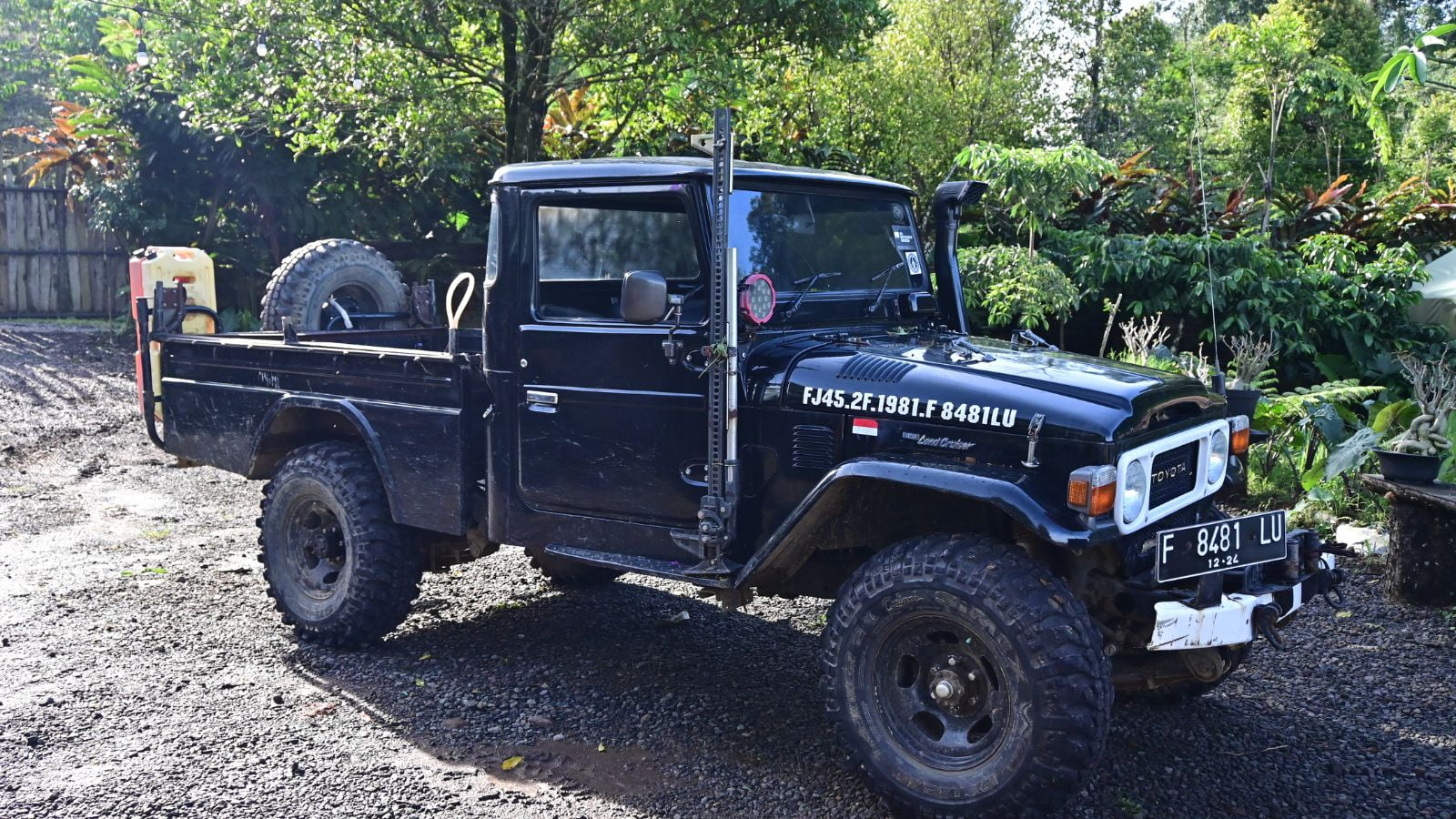
Launched in 1951, the Toyota Land Cruiser was designed with one purpose: to tackle the most challenging terrains in the world. It has a 3.5L six-cylinder diesel engine. Early models featured a no-frills interior with vinyl seats and durable, functional plastics. Over the years, it evolved to include luxurious features such as leather upholstery and advanced navigation systems. It accelerates from 0 to 60 mph in a respectable 10.5 seconds. You’ll find these everywhere, From deserts in the Middle East to safaris in Africa.
Jeep Wrangler (1986)
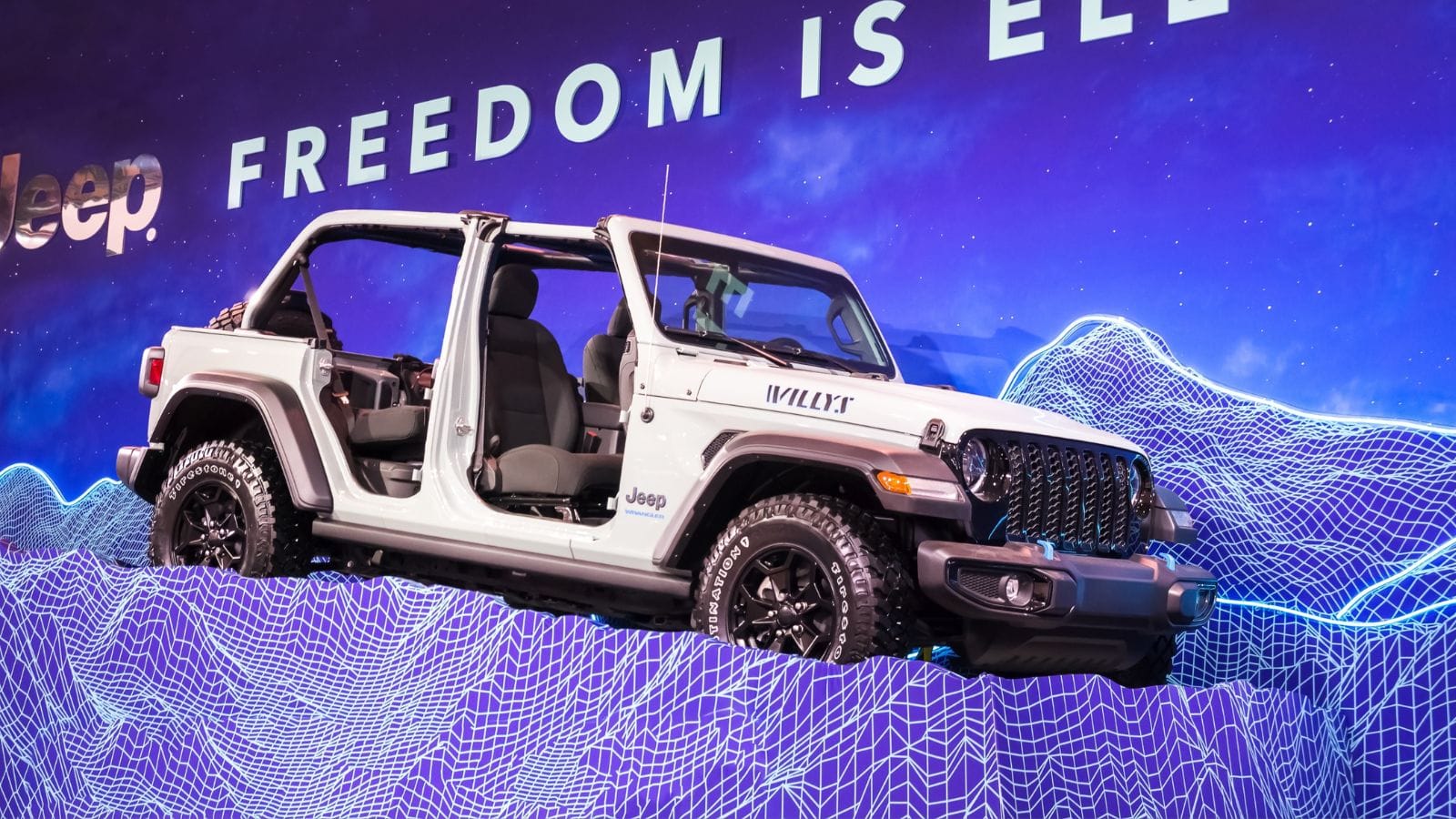
In 1986, AMC’s engineering team introduced the Jeep Wrangler as the ultimate off-road vehicle. A 4.0L inline-six engine powered early versions. The interior was created with simplicity in mind, featuring removable carpet and water-resistant upholstery, making it easy to clean after muddy adventures. The Wrangler can accelerate from 0 to 60 mph in approximately 9 seconds.
Mercedes-Benz G-Class (1979)
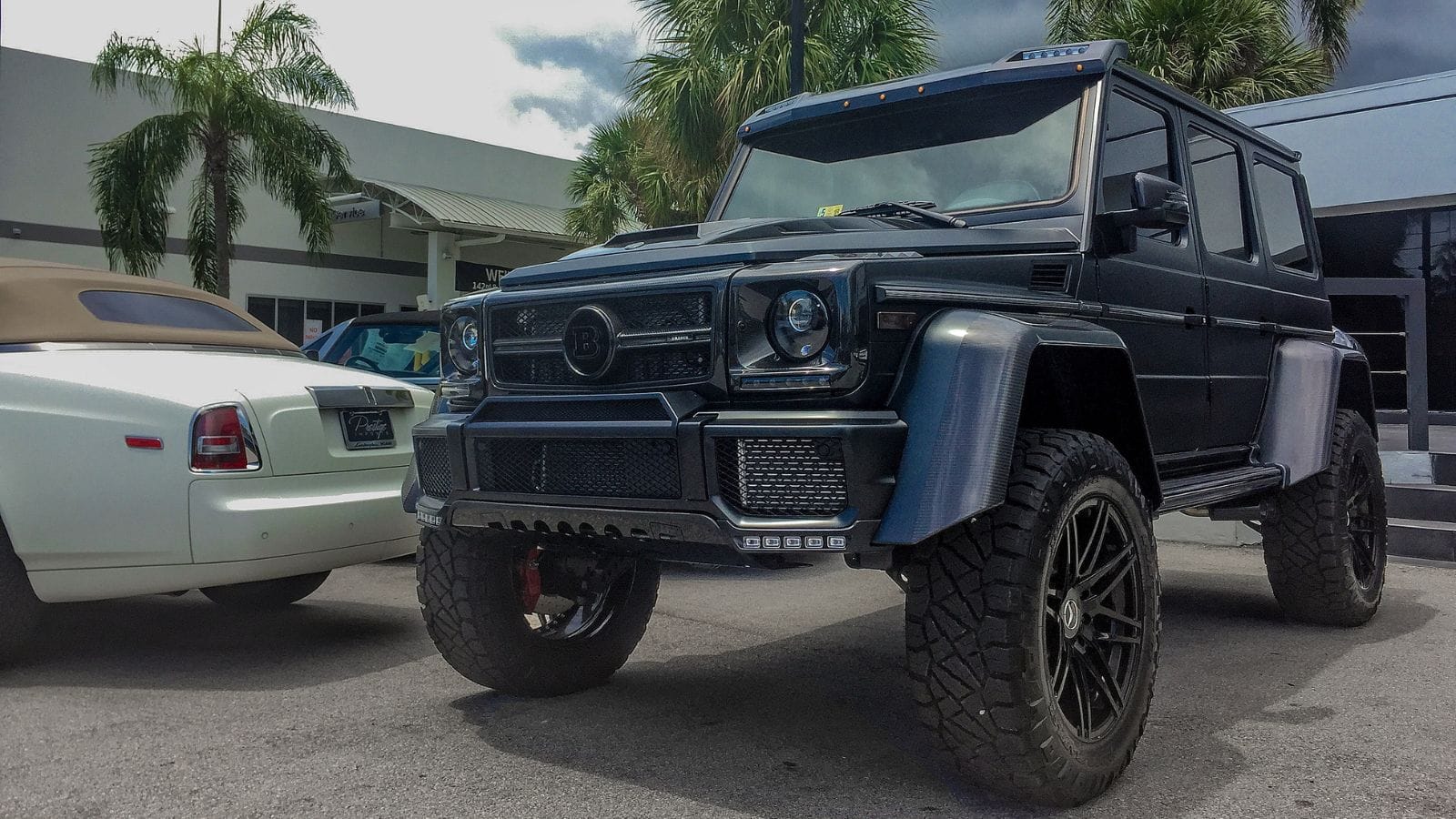
In 1979, Mercedes-Benz developed the G-Class (G-Wagon) in collaboration with Steyr-Daimler-Puch. A 2.4L diesel engine powers it. Even in its early models, the interior was designed with high-quality materials and an ergonomic layout. Modern versions come equipped with advanced technology, leather seats, and ambient lighting. Despite its boxy design, the G-Class accelerates from 0 to 60 mph in 8.5 seconds.
Subaru Outback (1994)
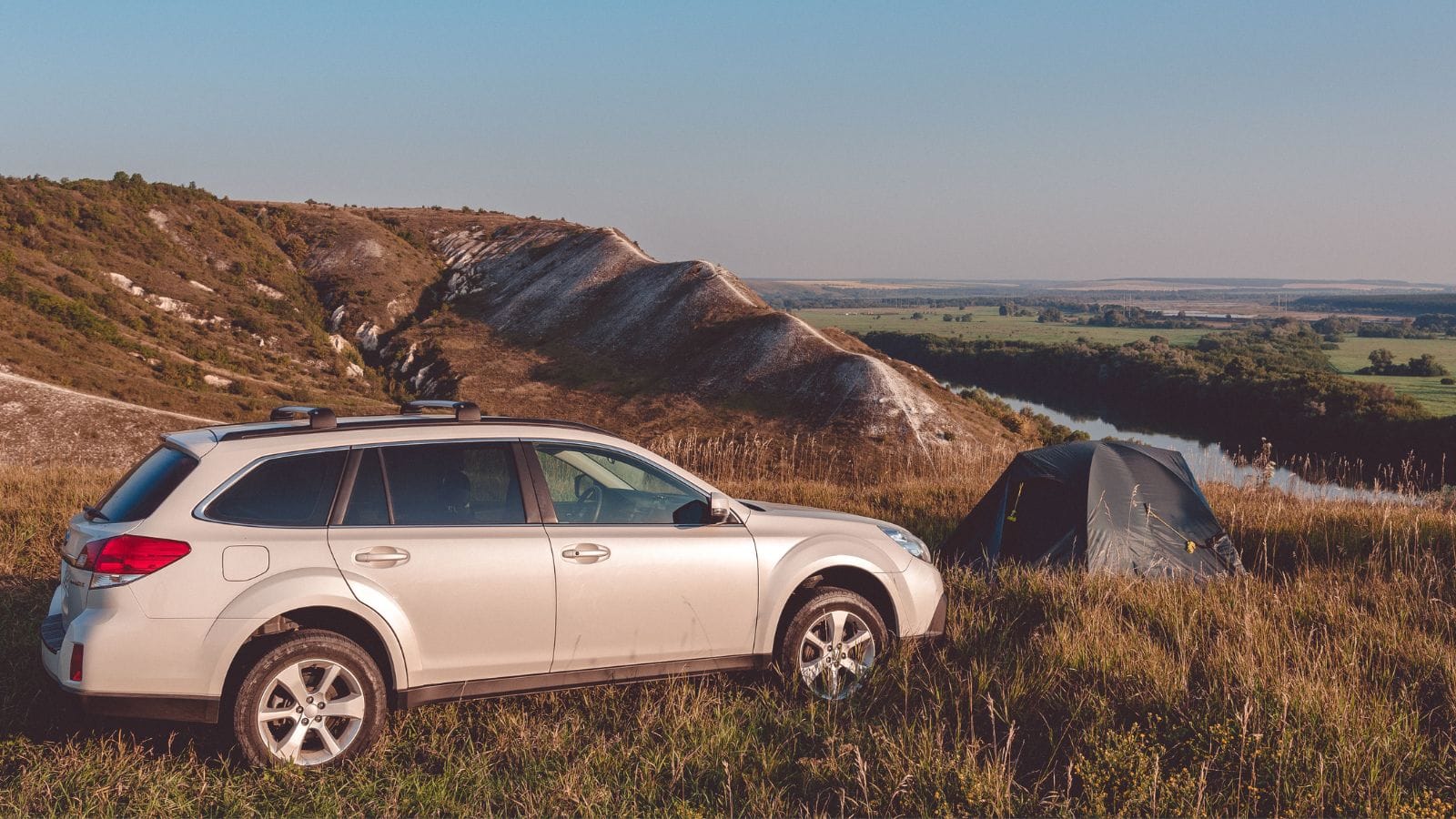
The Subaru Outback, launched in 1994, was designed by Olivier Boulay. It has a 2.5L flat-four engine and easily conquers rough terrain and harsh weather. Its interior has durable cloth upholstery, heated seats, and ample cargo space. While not built for speed, the Outback accelerates from 0 to 60 mph in 9.3 seconds.
Toyota Hilux (1968)
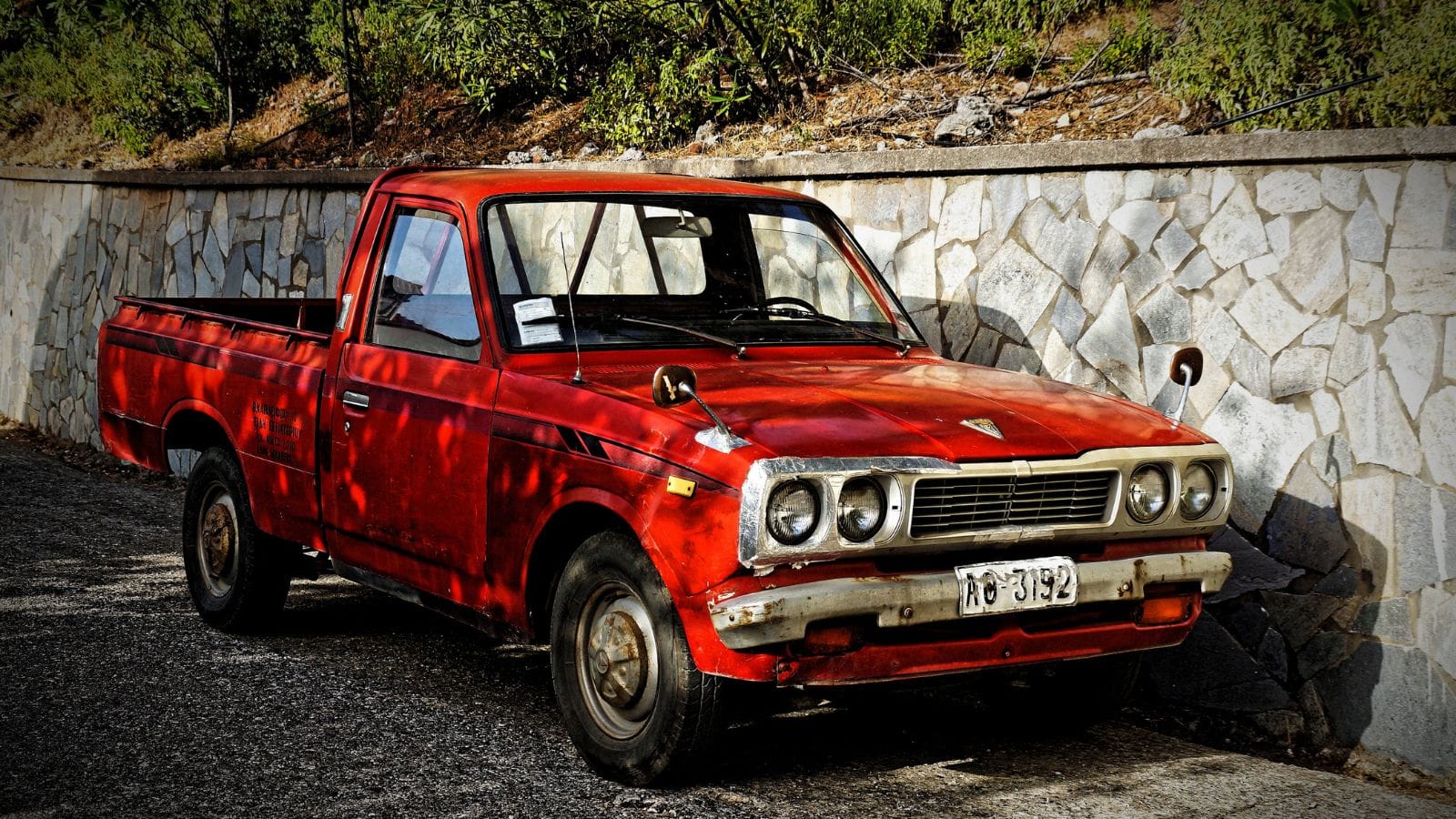
Since its launch in 1968, the Toyota Hilux has gained a reputation as an almost indestructible pickup truck. Its most iconic models have a 2.4L diesel engine. The simple, utilitarian interior includes durable vinyl seats and straightforward controls. Its 0 to 60 mph time of 12 seconds may not be quick, but the Hilux is renowned for its ability to handle everything from scorching deserts to freezing Arctic climates.
Volvo 240 (1974)
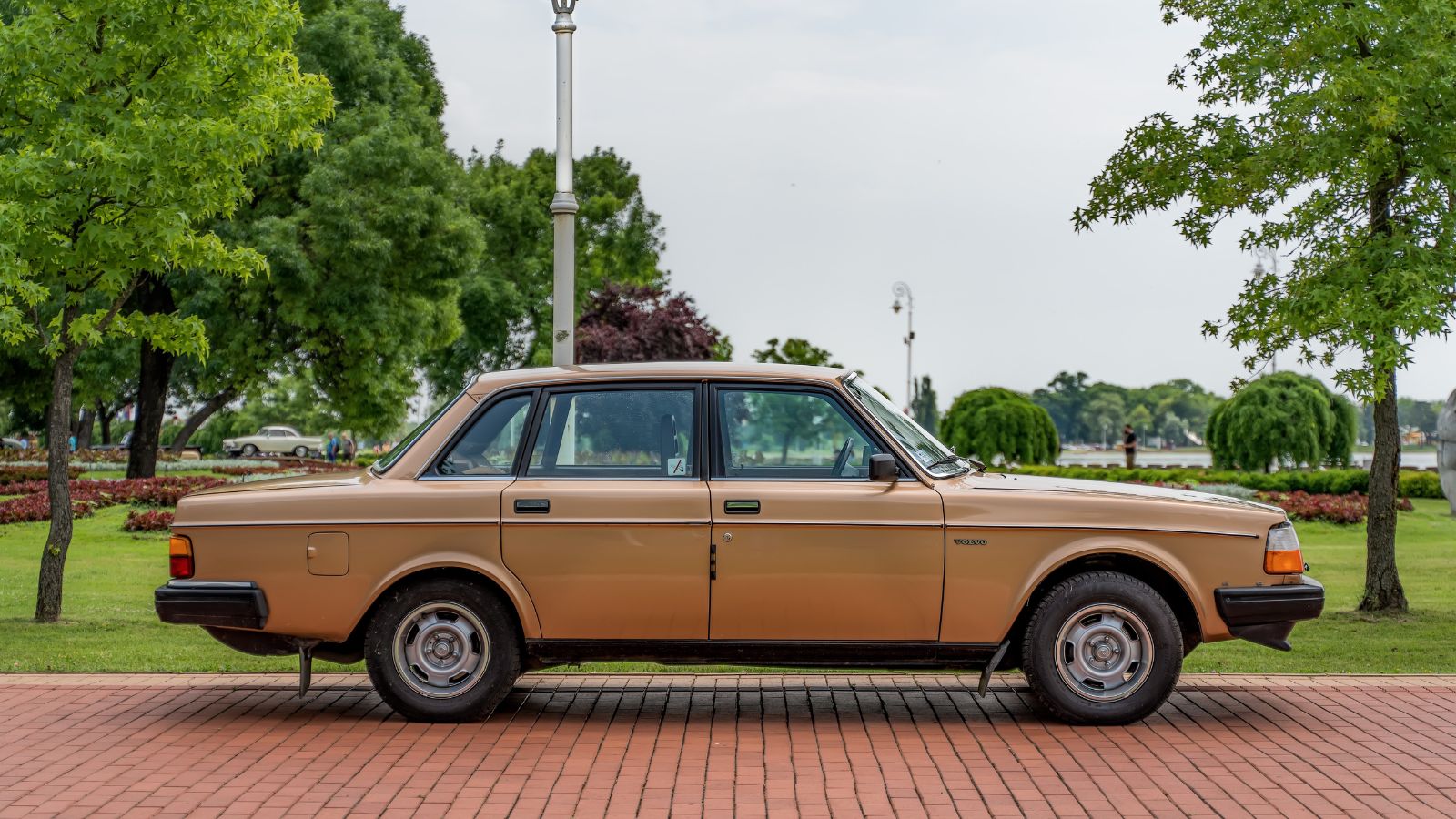
The Volvo 240, introduced in 1974 and designed by Jan Wilsgaard, became synonymous with safety and reliability. Its 2.1L four-cylinder engine was built to last, often exceeding 300,000 miles, with minimal issues. Inside, the 240 featured ergonomic seats, straightforward controls, and robust materials. Its 0 to 60 mph time was 11.3 seconds.
Honda Accord (1976)
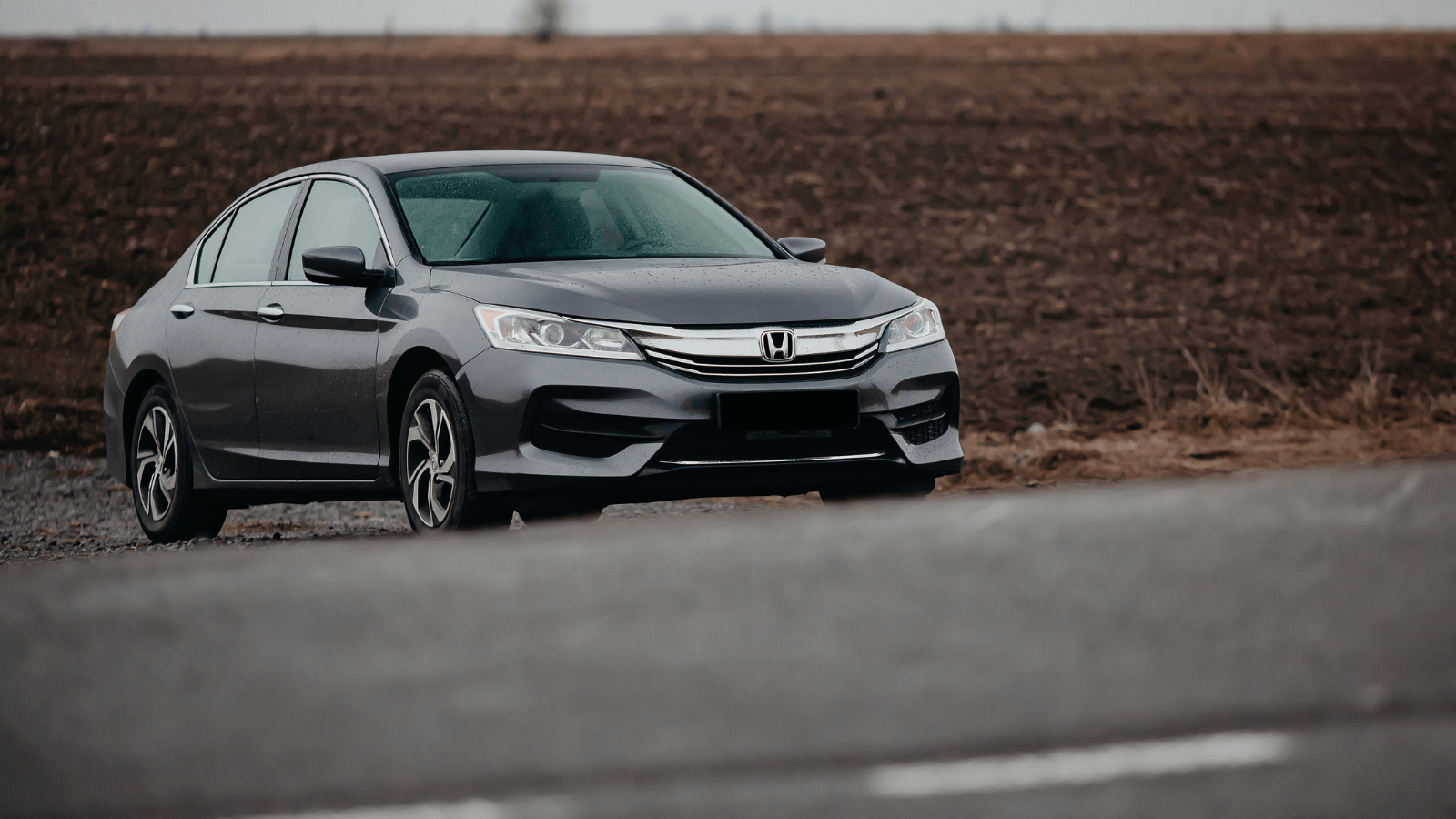
Launched in 1976 and designed by Shinya Ikeda, the Honda Accord quickly gained popularity worldwide for its reliability. Early models featured a 1.6L four-cylinder engine, later upgraded to more powerful options. The interior was practical yet stylish, with comfortable seats, high-quality materials, and modern amenities introduced over the years. It has a 0 to 60 mph time of 9.8 seconds.
Land Rover Defender (1983)
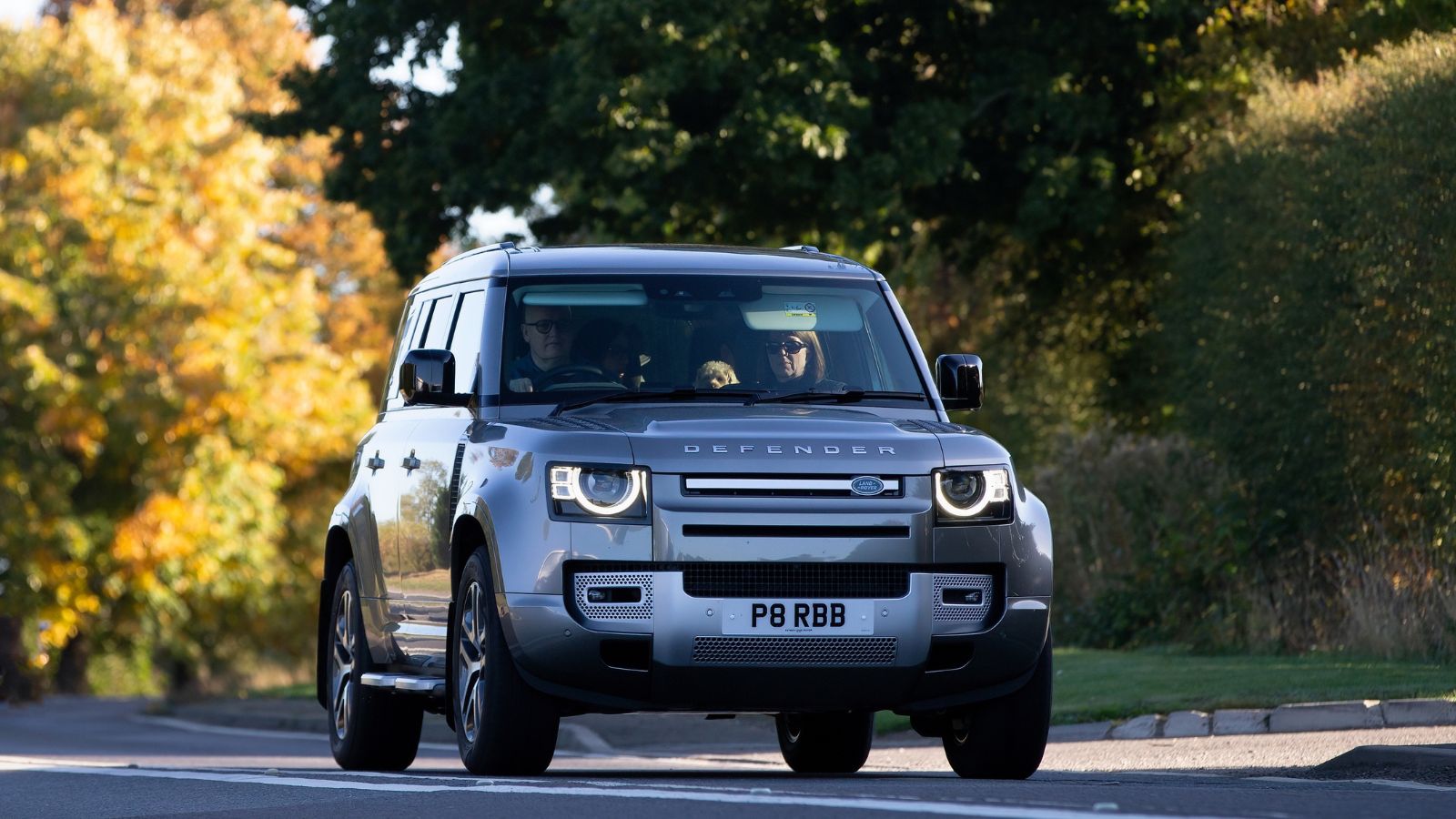
The Land Rover Defender, introduced in 1983 and designed by the Rover Group, is a true off-road icon. Its 2.5L turbo diesel engine could tackle the harshest environments without sweat. The interior was utilitarian, with water-resistant materials and minimalist controls. Later models added more comfort features like leather seats and air conditioning. The Defender could manage 0 to 60 mph in about 14 seconds, proving it was built for endurance, not speed.
Lexus LS400 (1989)
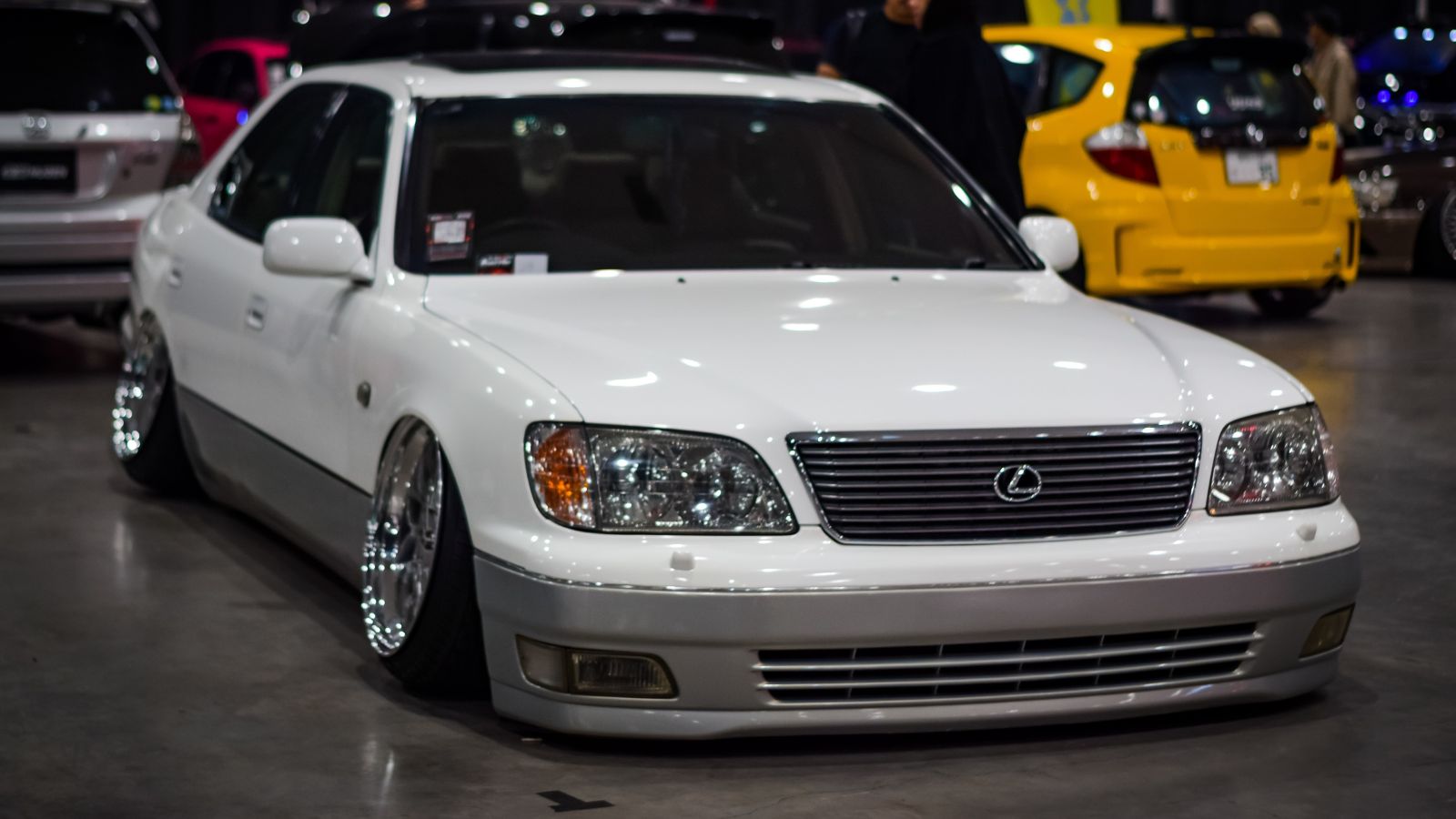
In 1989, Ichiro Suzuki (unrelated to the baseball star) designed the Lexus LS400 to redefine luxury and reliability. Its 4.0L V8 engine was built to perform smoothly for decades. The interior had plush leather seats, real wood trim, and cutting-edge technology. The LS400 can accelerate from 0 to 60 mph in just 8.5 seconds.
Ford F-150 (1948)
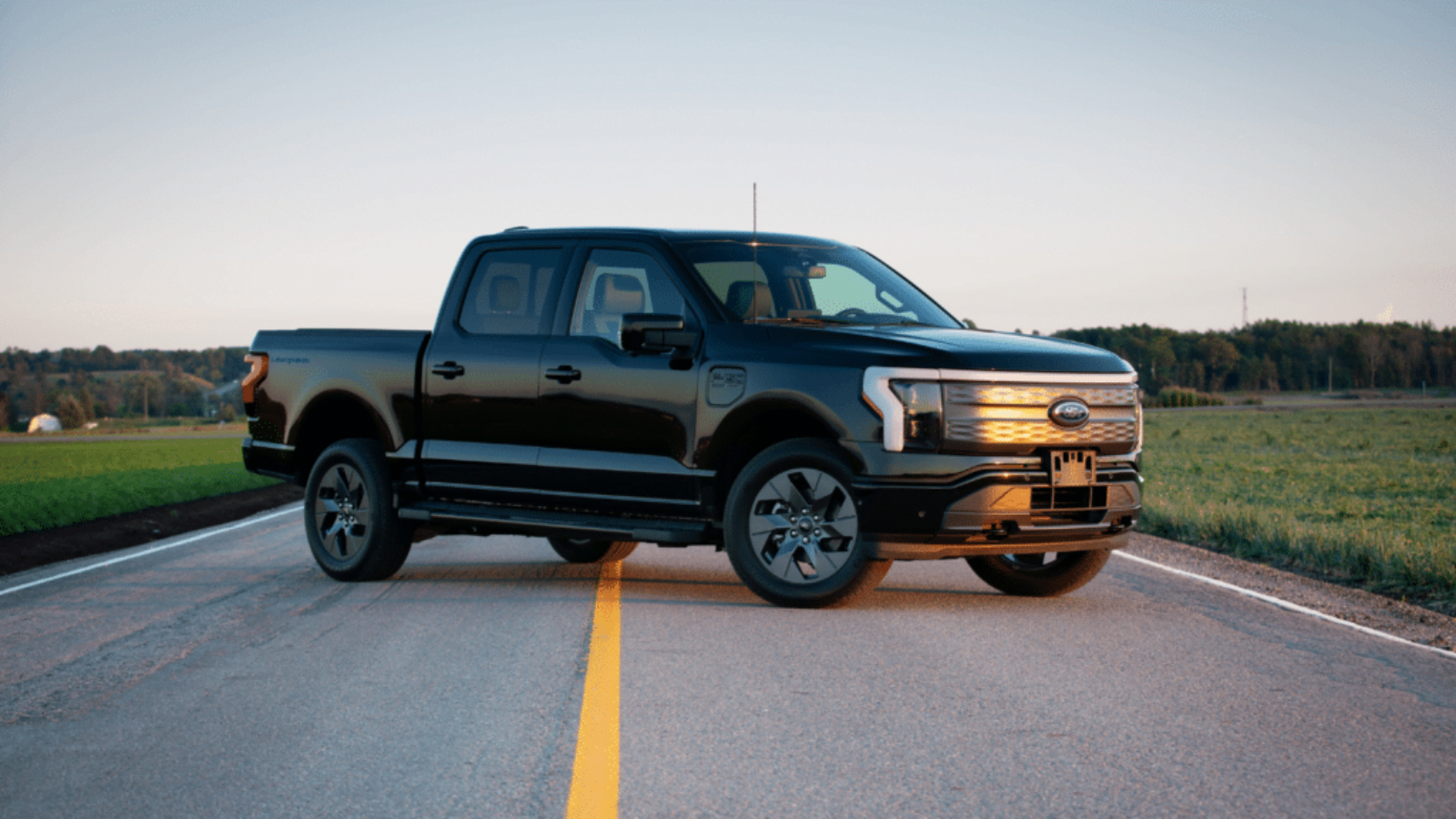
The Ford F-150, introduced in 1948 and designed by Ford’s in-house team, has been America’s best-selling truck for decades. Its range of engines, including the legendary 5.0L V8, offered reliability and power. The interior varied from rugged work truck basics to luxurious trims with leather seats, touchscreen infotainment, and advanced safety features. Modern versions can accelerate from 0 to 60 mph in as little as 6 seconds.
Chevrolet Suburban (1935)
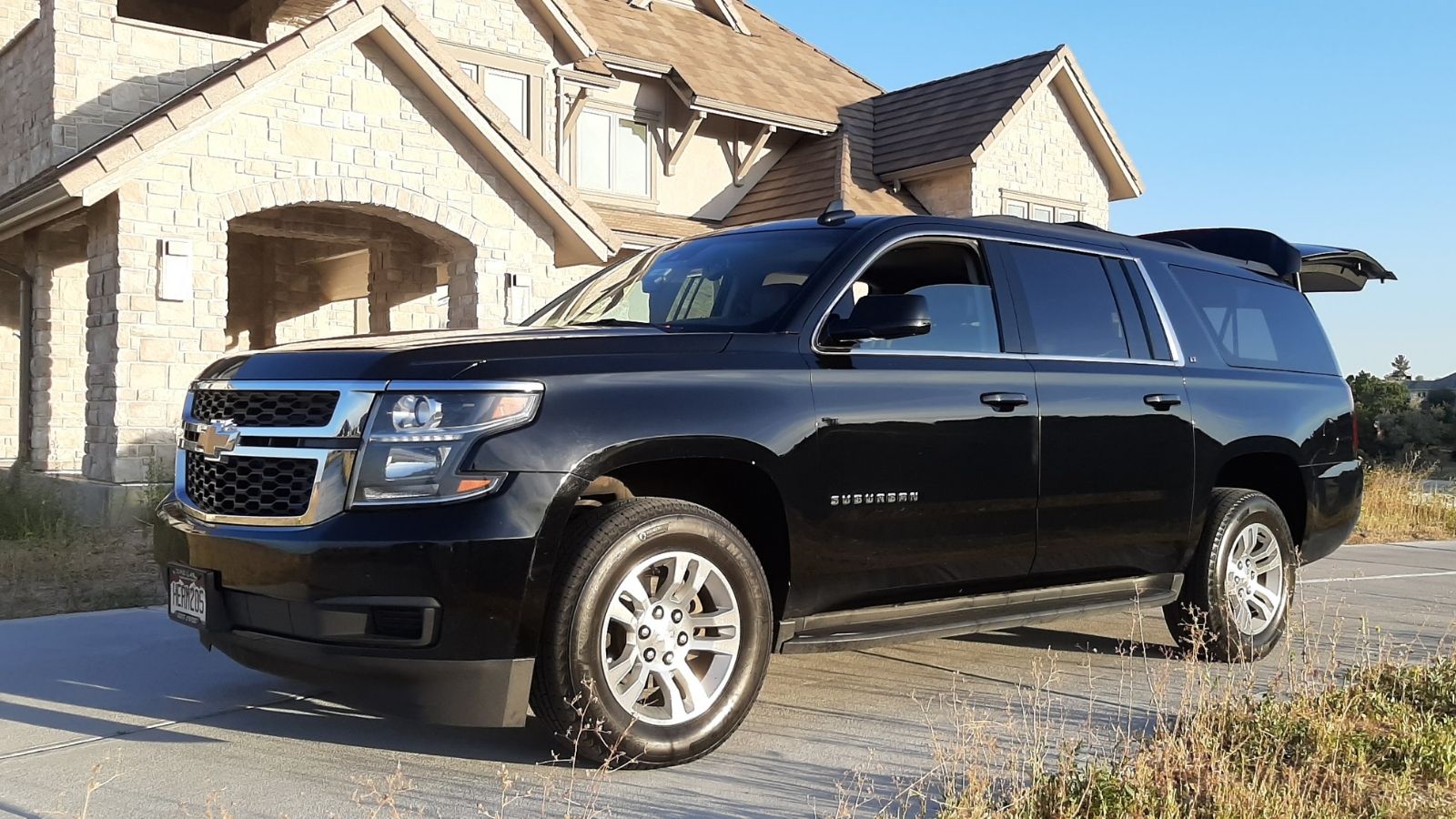
Introduced in 1935, the Chevrolet Suburban has become an American institution. It had reliable engines over the years, including the 5.3L V8 in modern models. The interior evolved from functional, with bench seats and vinyl trim, to luxurious, with leather upholstery, tri-zone climate control, and advanced infotainment systems. Despite its size, newer Suburbans can accelerate from 0 to 60 mph in 7 seconds.
Toyota Corolla (1966)

The Toyota Corolla debuted in 1966. Powered by a 1.1L four-cylinder engine in its early years, the Corolla prioritized reliability over flash. Its interior had durable fabric seats and easy-to-use controls. Over the decades, the Corolla has added modern comforts like touchscreen displays and advanced safety systems. Newer models reach 0 to 60 mph in a respectable 8.5 seconds.
Nissan Patrol (1951)
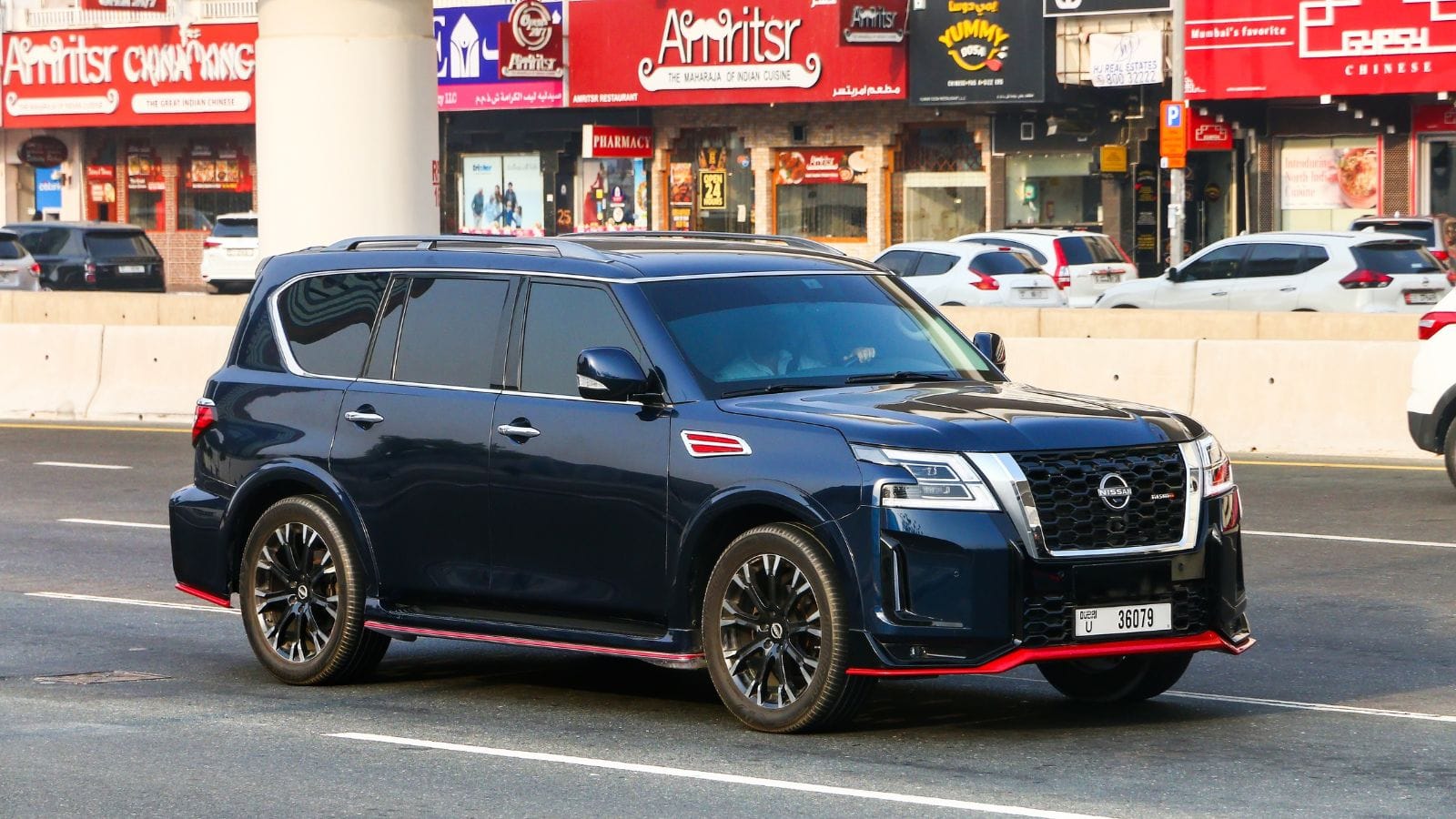
The Nissan Patrol, launched in 1951, was Japan’s answer to rugged off-roaders like the Jeep and Land Cruiser. It was designed by Nissan’s in-house team and featured a 4.0L inline-six engine in later models. The interior focused on functionality in earlier models. Modern Patrols offer luxurious touches like leather seating, a premium sound system, and advanced driver-assistance features. It can accelerate from 0 to 60 mph in about 9 seconds.
Honda Civic (1972)
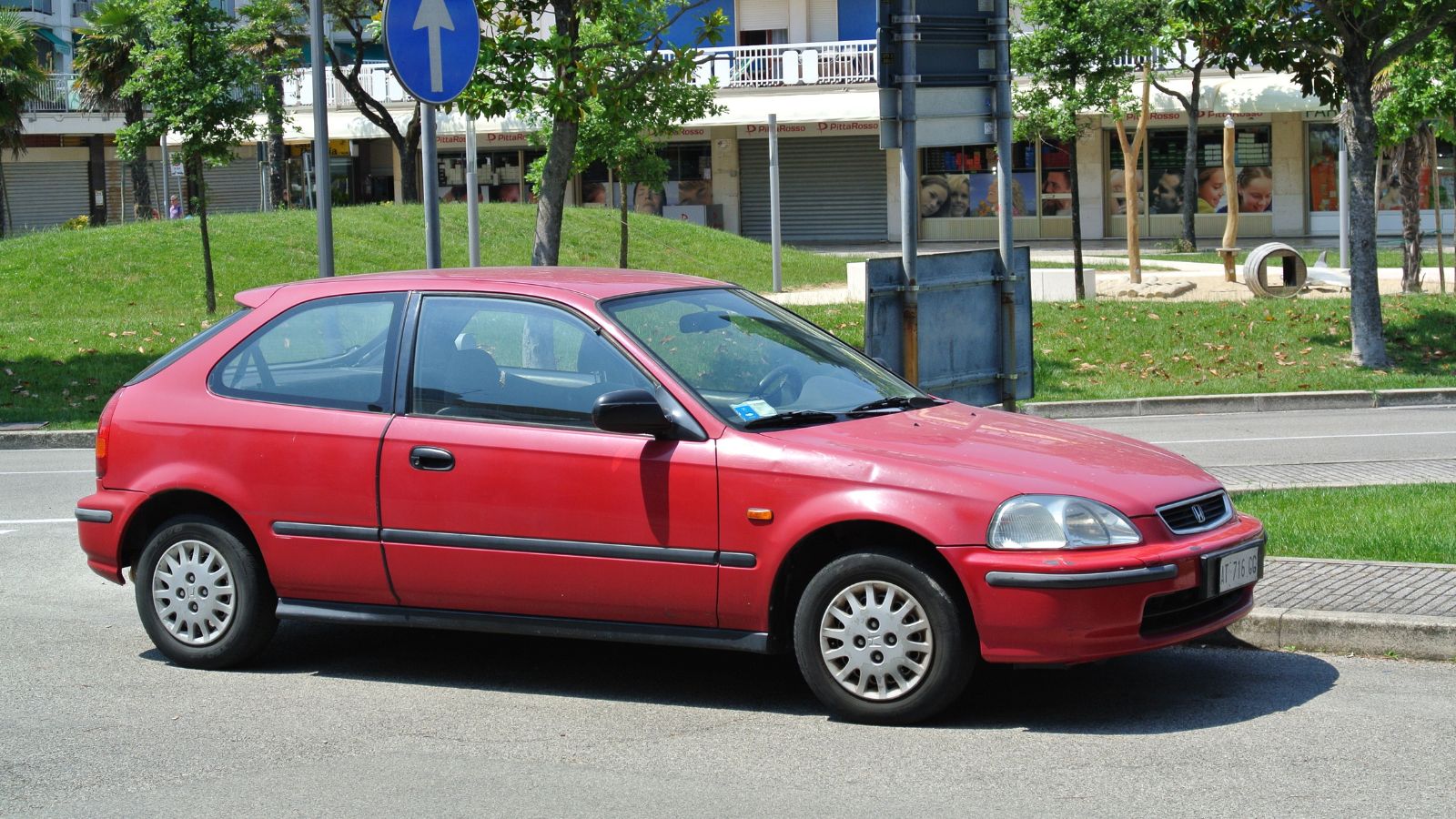
In 1972, Hiroshi Kizawa designed the Honda Civic as a small, efficient car. Early models featured a 1.2L four-cylinder engine, which evolved into more powerful and efficient options. The Civic’s interior started as simple and utilitarian but has since been improved with high-quality materials, ergonomic designs, and modern technology, including touchscreen infotainment and advanced safety features. Recent models achieve a 0 to 60 mph time of 8.5 seconds.
Mitsubishi Pajero/Montero (1982)
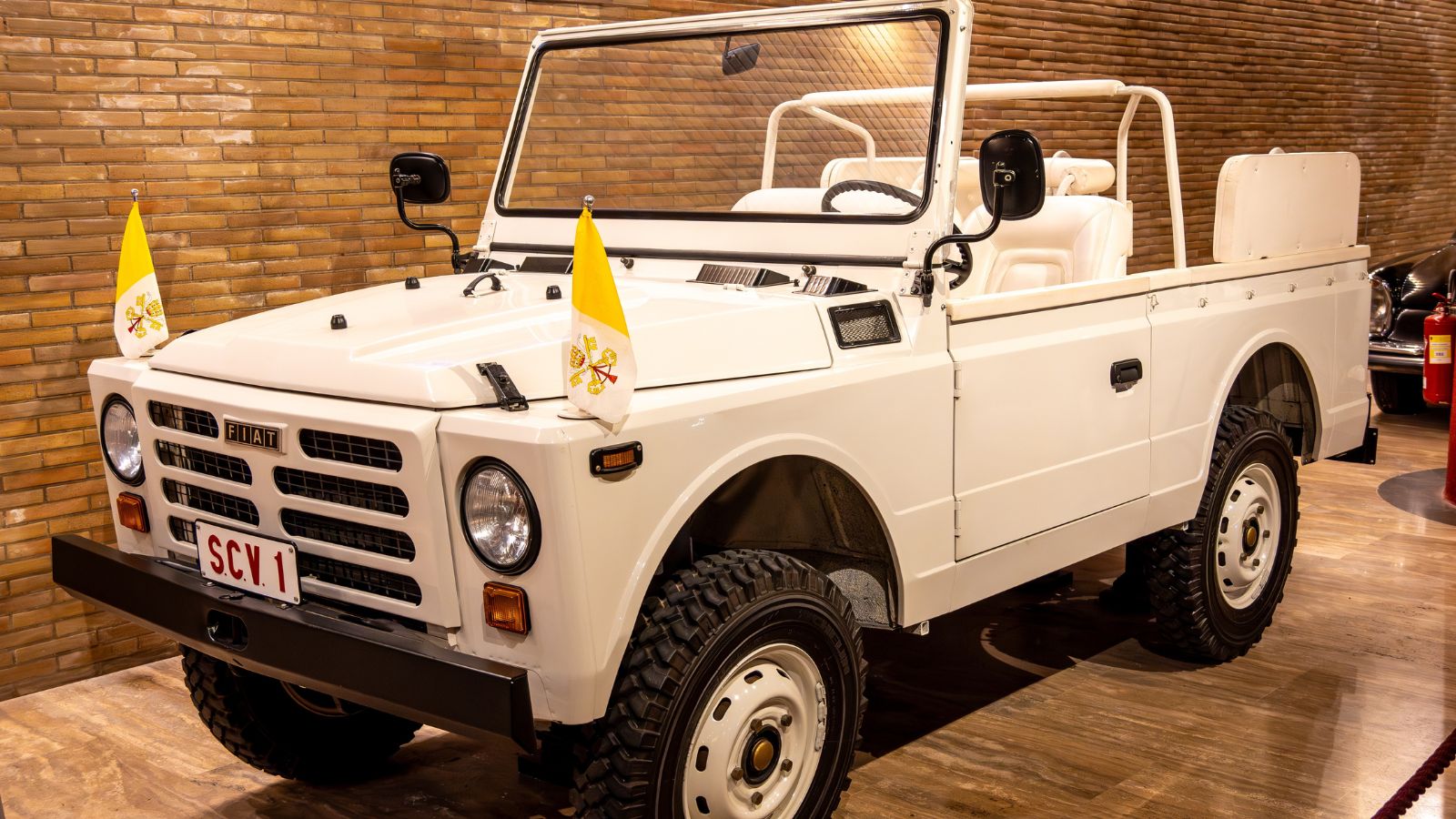 The Mitsubishi Pajero, also known as the Montero in specific markets, was launched in 1982 with a design team led by Akinori Nakanishi. It was powered by various engines, including a 2.5L turbo diesel that was durable. The interior was designed for comfort and utility, featuring supportive seats, ample storage, and modern conveniences in newer models. It does a 0 to 60 mph time of 9.5 seconds.
The Mitsubishi Pajero, also known as the Montero in specific markets, was launched in 1982 with a design team led by Akinori Nakanishi. It was powered by various engines, including a 2.5L turbo diesel that was durable. The interior was designed for comfort and utility, featuring supportive seats, ample storage, and modern conveniences in newer models. It does a 0 to 60 mph time of 9.5 seconds.
Ford Crown Victoria (1992)
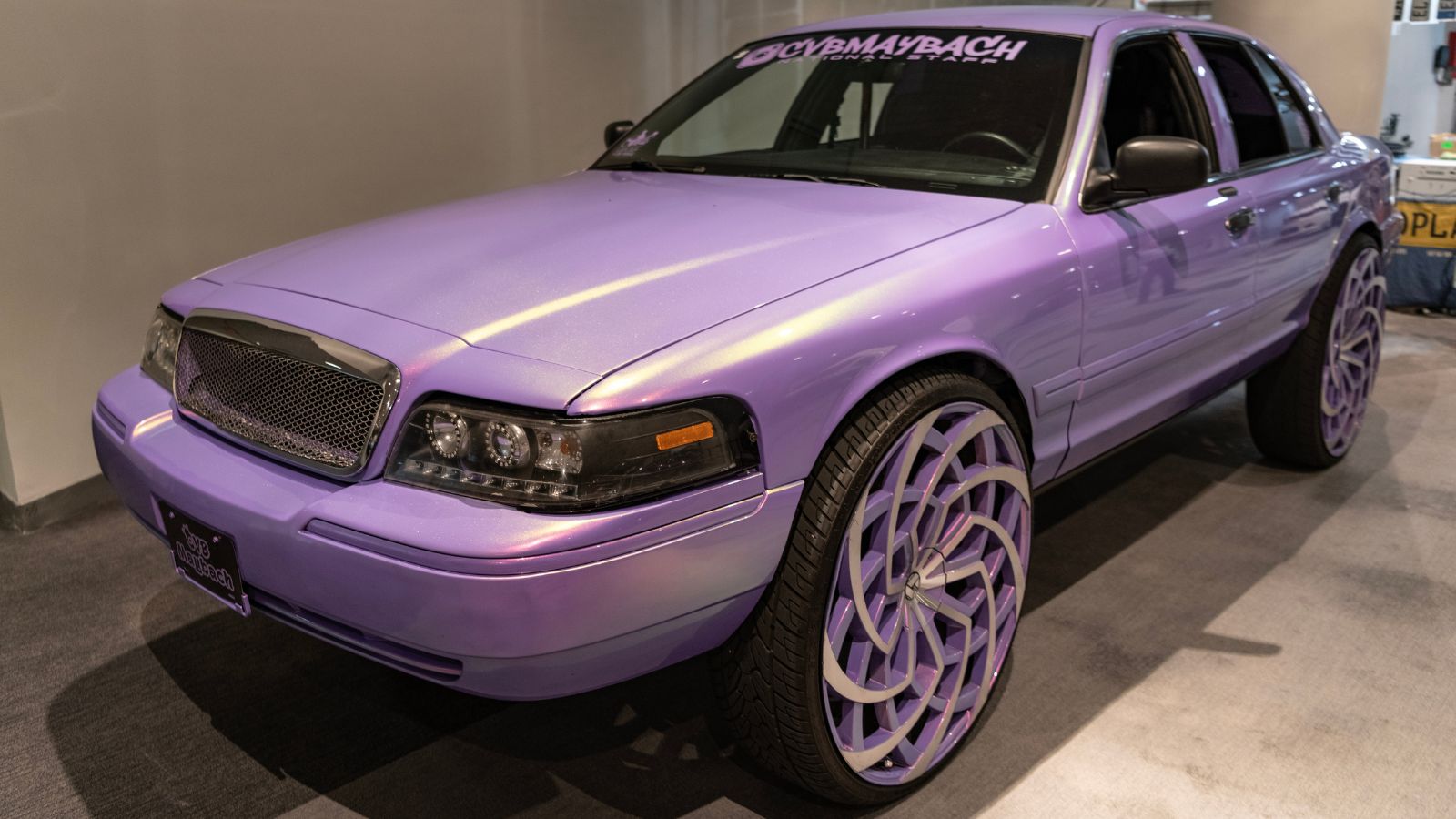
In 1992, Ford’s North American team designed the Ford Crown Victoria, quickly establishing it as a staple in police fleets and taxi services, a solid testament to its reliability. With a 4.6L V8 engine, the Crown Vic efficiently handled high mileage. The interior was spacious and practical, featuring durable cloth seats, simple controls, and a large trunk for convenience. It took around 8.7 seconds to accelerate from 0 to 60 mph.
Suzuki Jimny (1970)
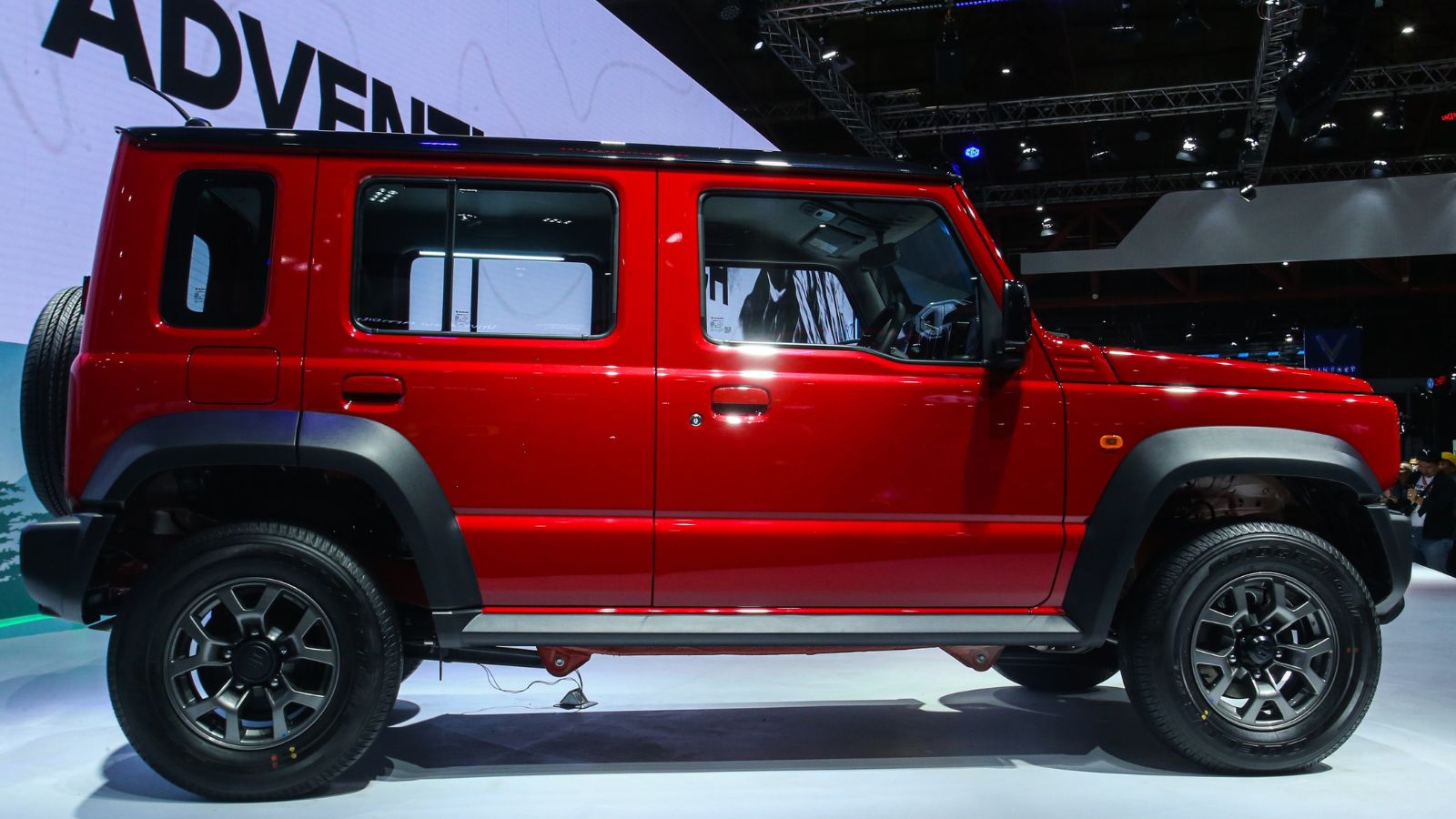
The Suzuki Jimny, launched in 1970, was a compact off-roader designed by Suzuki’s engineering team to tackle rugged terrain. Its early models featured a 0.6L two-stroke engine, which evolved into more powerful 1.5L options. The interior was basic but practical, with washable surfaces and foldable rear seats for extra cargo space. The Jimny wasn’t built for speed, taking about 12.5 seconds to hit 0 to 60 mph.
Toyota Camry (1982)
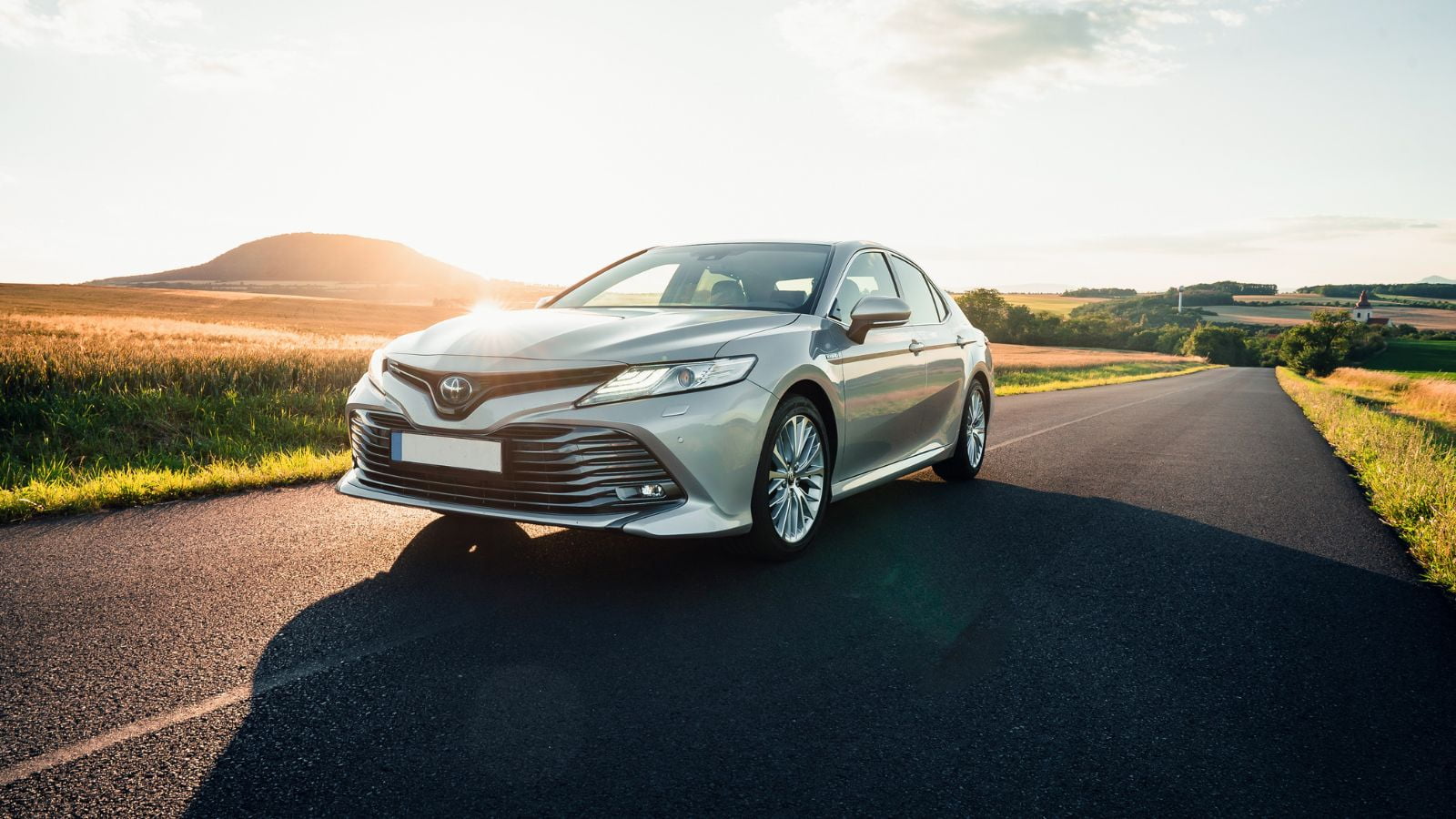
Introduced in 1982 and designed by Toyota’s in-house team, the Camry quickly earned a reputation for reliability and efficiency. Early models were powered by a 1.8L four-cylinder engine, which evolved into more powerful and refined options. The interior was designed for longevity, featuring high-quality materials, comfortable seating, and simple controls. In newer models, the 0 to 60 mph time is approximately 8 seconds.
Volkswagen Beetle (1938)
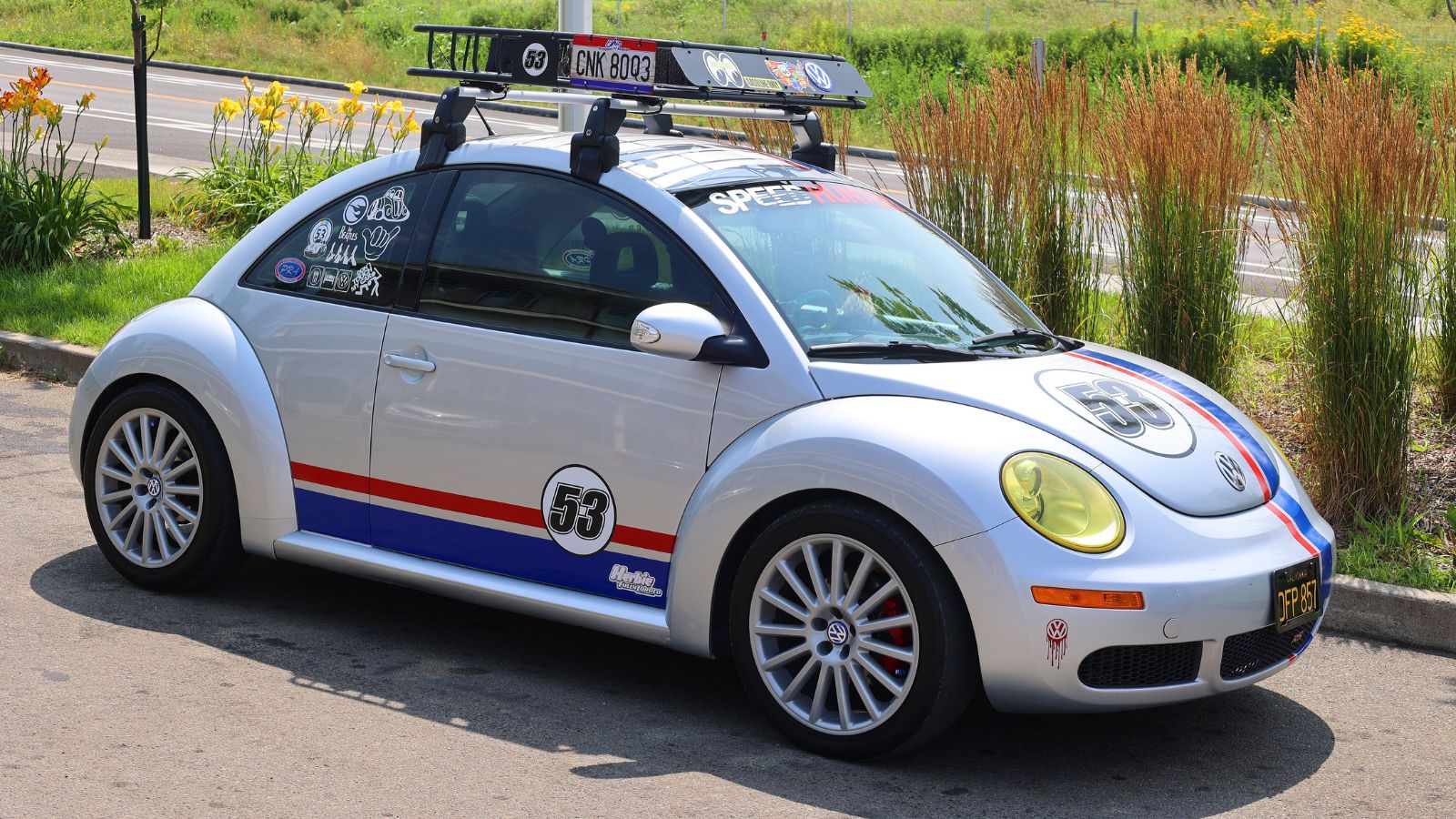
Ferdinand Porsche designed the Volkswagen Beetle, introduced in 1938. Its air-cooled flat-four engine was nearly indestructible, powering the Beetle for decades with minimal maintenance. The interior was famously minimalist, featuring basic seating and controls, though later models offered modern amenities such as air conditioning and improved upholstery. It has a leisurely 0 to 60 mph time of around 16 seconds.
BMW 3 Series (1975)
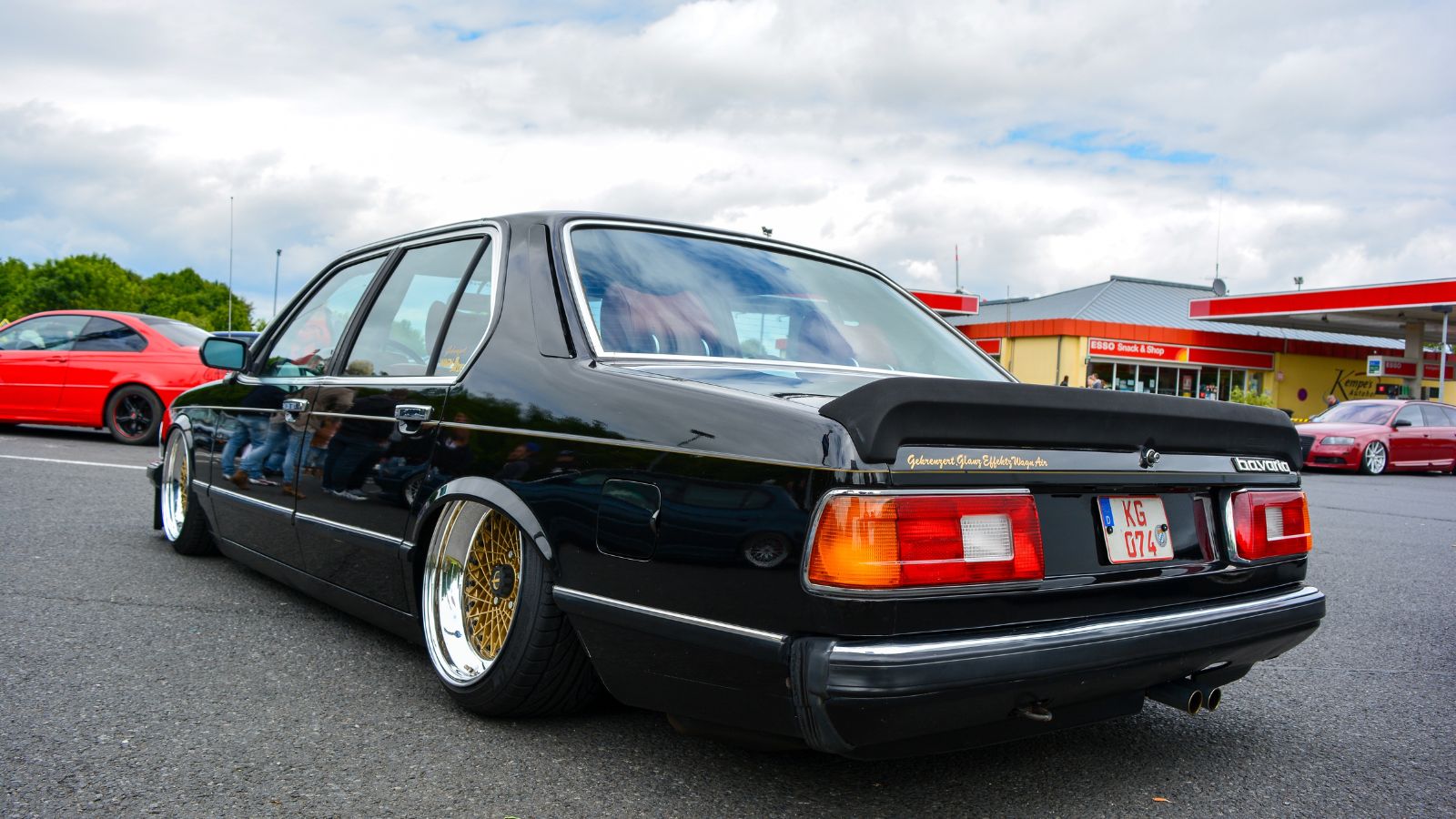
In 1975, Paul Bracq designed the BMW 3 Series, quickly establishing it as a standard for reliable luxury sedans. Early models featured a 2.0L inline-four engine. The interior showcased understated luxury with high-quality materials, comfortable seating, and advanced technology in newer versions. Modern models achieve a 0 to 60 mph time of around 7 seconds.
